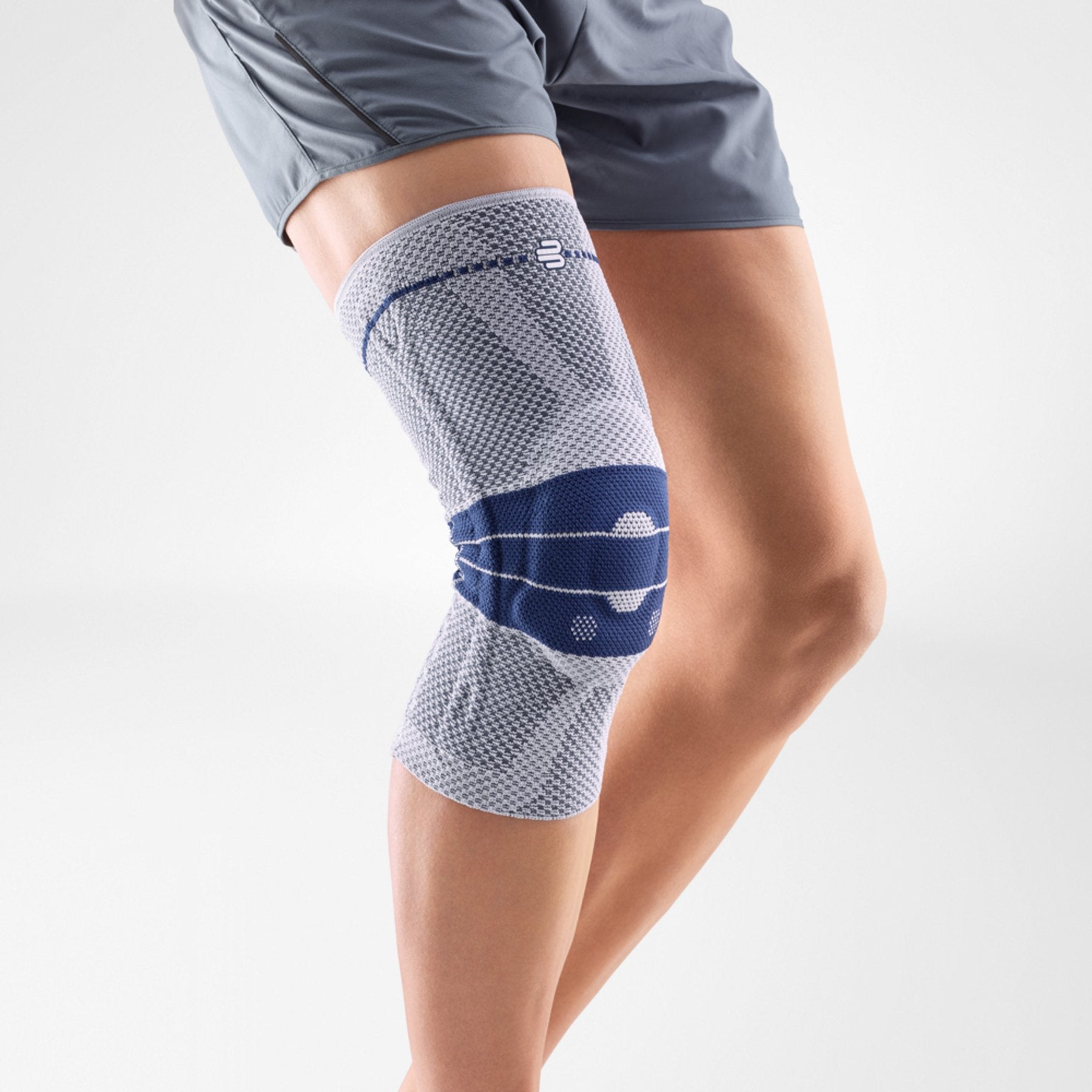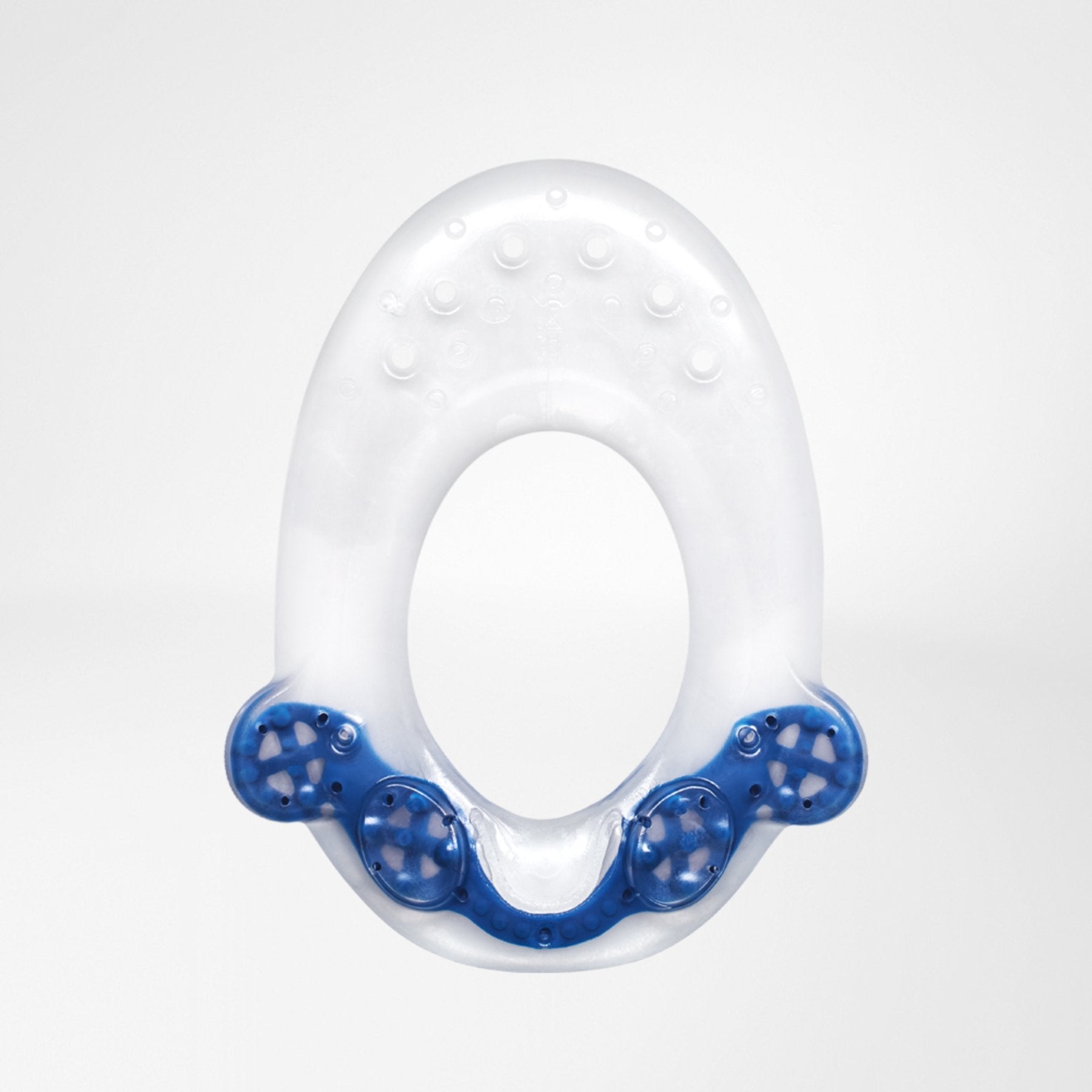Golfer's Elbow: Medial Epicondylitis
The elbow joint is a complex structure made of two bony thickenings called the epicondyles, and a complex network of muscles and tendons.
Together these allow for stretching, bending and rotating the forearm, wrist and elbow. When the muscles on the inner side of the elbow are inflamed or damaged, a patient suffers from the condition Golfer’s elbow.
In mild cases, micro-traumas appear on the elbow that can lead to inflammation and pain. Conservative treatment is often effective in treating mild cases.
However, the condition can get progressively worse. Chronic cases of Golfer’s elbow can mean intense pain and discomfort for a patient and the mobility of the elbow joint is severely restricted.

Causes of Golfer's Elbow
Golfer’s elbow is typically a disease of overstretching the muscles and tendons or over-stressing the elbow joint.
Some of the most commonly known factors leading to the development of this condition include:
- Repeated intense stress on the elbow joint due to lifting heavy loads or screw movement (rotation) of the joint, most commonly found in manual and construction laborers.
- Performing repeated tasks in bad and unhealthy proprioception.
- Repeated movement of the elbow joint over long periods of time can lead to gradual wear and tear of the joint. Commonly found in people with long hours at a desk or a computer.
- Frequent intense jerky movements on the hand and forearm, common in athletes of different sports. For example, the repeated swinging of clubs in golf, from where the disease gets its name.
- Accidental trauma or injury can lead to microtraumas in the joint.
Golfer's Elbow Symptoms
The symptoms of golfer’s elbow heavily depend on the progression of the condition. Some of the most commonly associated symptoms include:
- Pain on the inside of the elbow, initially occurring only during strenuous activities. The pain is momentary and usually subsides quickly. However, it is an indication of an underlying issue and should not be ignored.
- Under consistent stress, the symptoms tend to get progressively worse. Pain and discomfort tend to return as soon as the activity is resumed.
- A patient experiences more intense pain and it lasts longer. The affected muscles become very sensitive to pressure and feel warm. A patient might develop redness and palpable swelling in the elbow.
- In chronic cases of degeneration, the entire joint can become affected. The patient experiences constant sharp pain. The mobility of the joint is severely impacted, and it is common for the pain to radiate in the upper and forearm.
A prompt quick diagnosis is highly recommended to avoid developing chronic symptoms. Early diagnosis is the best prognosis and a full recovery is possible.
Diagnosing Golfer's Elbow
A medical professional begins with complete patient history and complete physical examination of the elbow. This provides critical information about the risk factors to the patient as well as allows for a study of the progression of the condition.
Sophisticated imaging technology like X-Rays and MRI scans can be used to get more information about the condition of the bones, muscles and tendons in the joint.
Treatment for Golfer's Elbow
The treatment for golfer’s elbow is mostly conservative. Surgery is almost never required as an option. The primary focus is to relieve symptoms of pain and discomfort and tackle the serious problem of inflammation.
-
Lifestyle Change
Strenuous activities should immediately be halted to prevent any risk to the elbow. The arm needs sufficient time to heal and avoiding high-intensity work or a sporting activity can be instrumental in relieving the joint.
-
Rehabilitation and Physiotherapy
Contrary to belief, complete immobilization is not necessary; in fact, it is highly advisable to seek regulated physiotherapy. Regulated occupational therapy helps with targeted muscle training and is a proven effective treatment path.
The physiotherapy exercises can help promote the reorganization of the muscles and are the most effective option to curb the disease. Exercises can help maintain the mobility and effective functioning of the joint.

-
Prescribed Painkillers
-
Anti-Inflammation Steps
- Anti-Inflammatory medication as prescribed by a medical practitioner.
- TENS currents, a pain-relieving stimulation current treatment is often effective. It can be safely carried out in a patient’s home and is very convenient.
- Ultrasound Therapy
- Manual treatments of the inflamed muscle by physiotherapists, for example, cross friction, according to Cyriax.
- Injections of Botox into the muscles to reduce the strain on the muscles.
- The application of cold blankets or cryotherapy with short-term ice packs or cold air is often effective.
-
Medical Golfer's Elbow Brace
Elbow brace can significantly improve a patient’s quality of life. It helps reduce the pain and discomfort patients experience by relieving the joint.
Wearing a Bauerfeind elbow brace like the EpiPoint can minimize the chances of injury by providing enhanced stability and healthy proprioception. With regular use of a brace, patients can transition to physiotherapy faster.
Golfer's Elbow Braces & Straps
Medical braces like the EpiTrain and the EpiPoint aim to reduce the stress on the muscle at the base of the joint and helps reduce pain. They can be instrumental in the primary stage of treatment to shield and support the elbow.
The EpiTrain brace reduces stress on the joint and applies medical-grade compression. This promotes the breakdown of edema (inflammatory swelling) and is very comfortable for all-day use. The intertwined silicon pads provide a soft massaging effect to alleviate the pain without limiting mobility.
The brace supports the arm in everyday movement and can lead to a significant improvement in the quality of life.


The EpiPoint brace features anatomically shaped pressure pads that gently massage the arm and relieve the irritated tendons with pinpoint accuracy via the pulling of the strap. The stimulation activates the metabolism and boosts blood circulation, thereby improving healing.

















